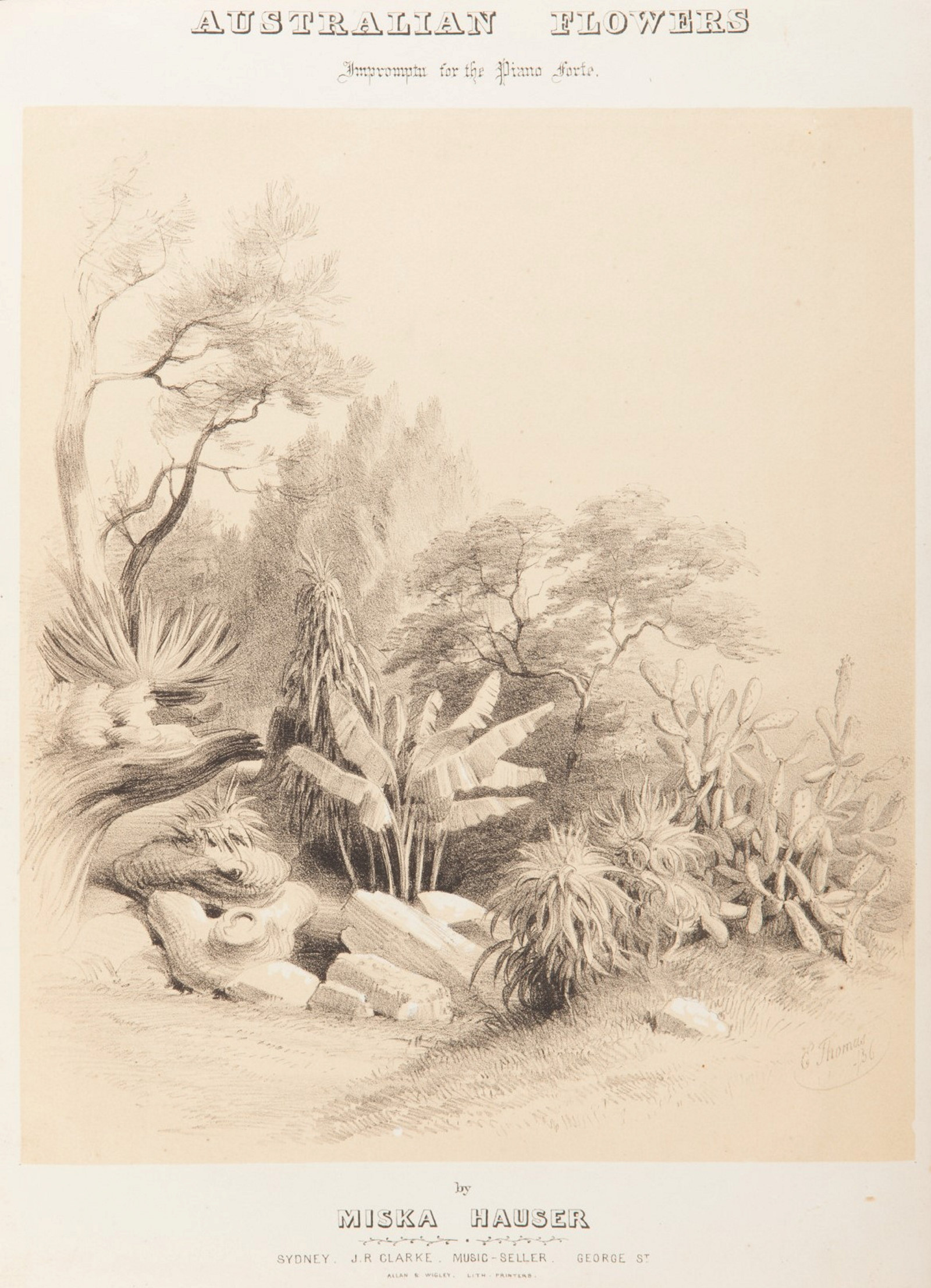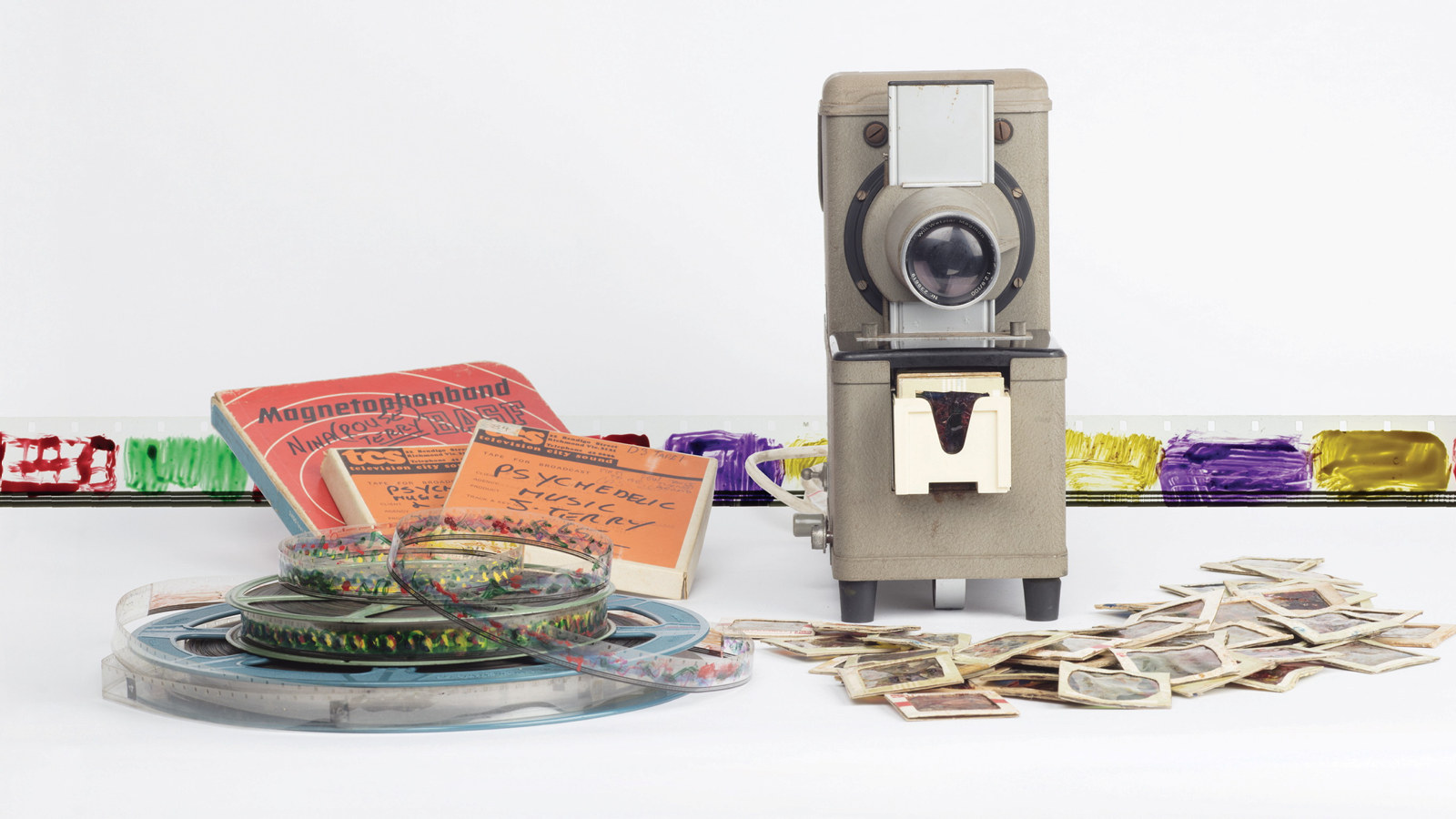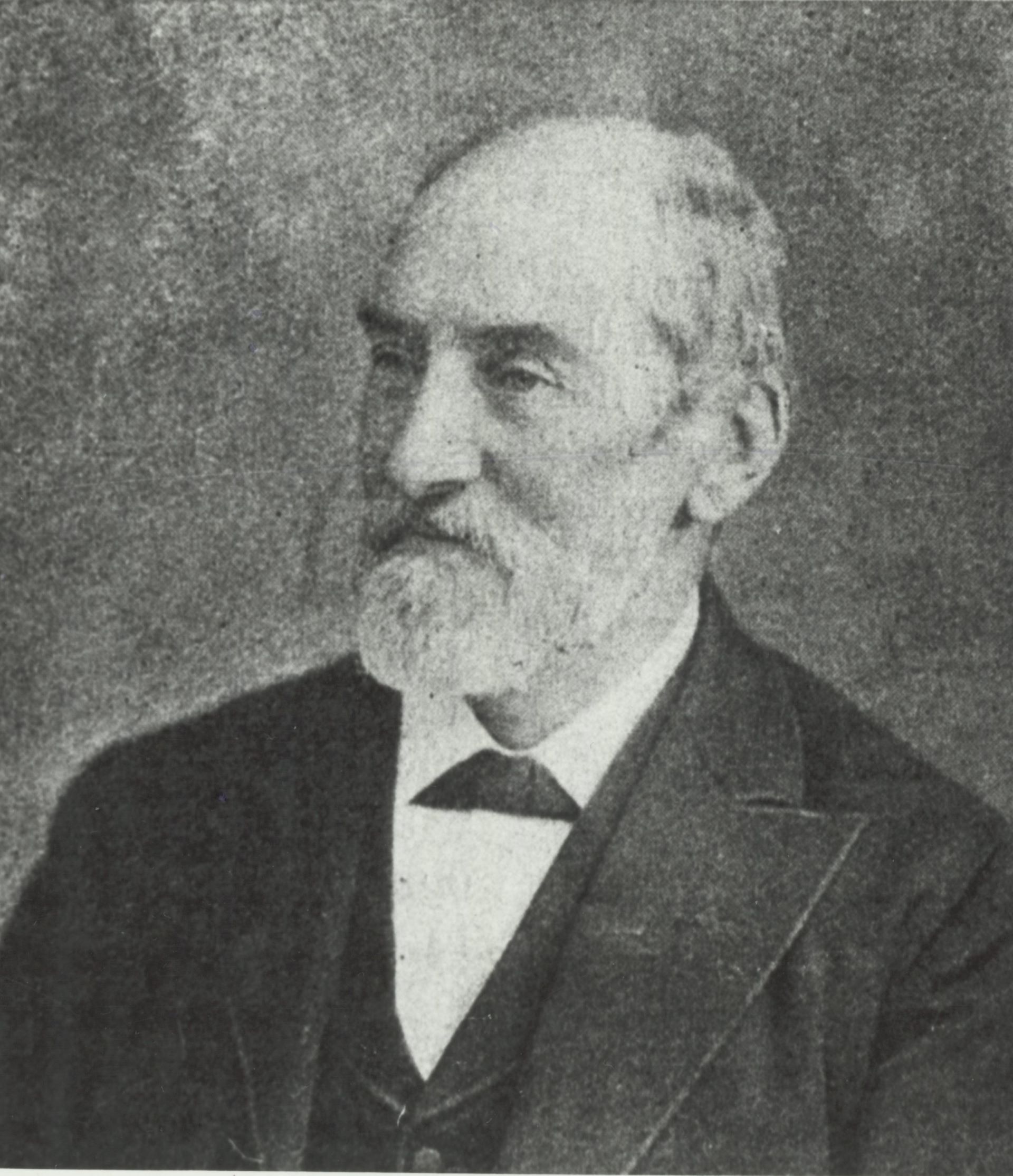Jane Austen: at home with music
Jane Austen’s music albums provide a new understanding of the use of music in the author’s work and the importance of music making in the Regency home.
Jane Austen is among the world’s most beloved authors, her novels cherished by generations of readers. Our past exhibition Songs of Home showed new insights into her life and work through Austen’s music albums, in Australia for the first time.
Jane Austen, musician
In the 1790s, when Austen was drafting the first versions of Pride and prejudice and Sense and sensibility, she took piano lessons with George Chard, the organist at Winchester Cathedral, and spent time copying out songs and piano music. Two of her handwritten albums have survived, and both appeared in the exhibition. They demonstrate Austen’s precision and neatness – her niece Caroline Austen claimed that Jane’s manuscript music albums were ‘as easy to read as print’ – but also show the enormous variety of sentimental, comic, theatrical and national music she played during her early development as a writer.
Austen’s albums provide a window on musical trends of the day, and sometimes reveal a personal perspective. In her copy of ‘The soldier’s adieu’ by Charles Dibdin, a tiny change to the text is suggestive. A soldier departing for battle asks his wife to pray for him, imagining that the prayers of his beloved will call a guardian angel from heaven to ensure his safety. The song appeared in many domestic music albums, its heroic language resonating with national sentiment while Britain was at war with France. In Austen’s version, however, the word ‘soldier’ is crossed out and replaced by ‘sailor’ – perhaps linking the song with the maritime careers of her seafaring brothers, and also chiming with the representation of courageous naval characters in Austen’s later novels, especially Mansfield Park (1814) and Persuasion (1817).
Songs of Scotland
The collection, arrangement and publication of Scottish songs and fiddle tunes flourished throughout the 18th century. Most British domestic music collections of the period included significant amounts of Scottish traditional music. Austen owned two complete books of printed music containing popular Scottish songs. Some, such as ‘Ettrick banks’, were already identified as ancient when the lyrics were first published in Allan Ramsay’s Tea-table miscellany of 1724; by Austen’s time, they had been reprinted many times in evocatively titled anthologies such as the Caledonian pocket companion (1751) and Scots musical museum (1787). These albums illustrate how Scottish music travelled within Britain, acting as both a national song tradition for Scotland and an element of wider British identity.
Scottish songs were a substantial part of the music carried in the minds and luggage of British emigrants to Australia, cutting across social and regional origins. The same melodies were known by convicts, settlers and colonial administrators, and were enjoyed – as songs, dances, fiddle tunes, or instrumental and keyboard pieces – within the most elite as well as the humblest homes.
Writing music
Austen’s music provides a new vantage point for appreciating the abundant musical scenes in her novels, shedding light on the repertoires and social practices that underpinned her fictional uses of domestic music making. The central mystery of Jane Fairfax’s piano in Emma (1815) – in which the anonymous gift of an expensive instrument sets the village gossip mill running – gains depth with the knowledge that Austen herself was obliged to sell her piano when her father retired in 1801, and that she made do with a series of rentals until 1809, when she gained a settled home in Chawton.
The heroine of Persuasion, Anne Elliot, has lived a life of quiet loneliness since the dissolution of her engagement to Frederick Wentworth; at a family party after Wentworth has returned to the region, she sits at the piano in tears as she accompanies while all the others dance. But when Wentworth comes to the piano to pick out a tune after she has just played, their eventual reunion is foreshadowed.
The strong emotional connections and social meanings attached to music in Austen’s fiction illuminate how similar objects and practices could figure in the lives of her contemporaries who travelled to Australia out of choice or necessity, offering a rich perspective on the wider musical and cultural world of music making between distant isles.
Bringing Jane Austen's music to life
The loan of these important albums has been funded by a generous grant from the Arts and Humanities Research Council (AHRC) of Great Britain, through a collaboration with the international Sound Heritage network and the University of Southampton.
Films and sound recordings of Austen’s music have been specially made for the Songs of Home exhibition at the house in Chawton, Hampshire, where Austen moved in 1809. Now the home of Jane Austen’s House Museum, the house was where Austen began to publish her novels. Pianist Samantha Carrasco and soprano Helen Neeves perform songs tied to Austen’s home life at Chawton and noted in family memoirs.
Facsimiles of original scores are available through The Austen Family Music Books project: archive.org/details/austenfamilymusicbooks
6:35
2:03
4:07
5:27
2:35
5:32
3:23
2:36
Footnote
1. James Edward Austen-Leigh, A memoir of Jane Austen and other family recollections, Kathryn Sutherland (ed), Oxford University Press, Oxford, 2002, pp170–1.
Published on
More stories
Browse all![Owner bound volume of assorted songs, in the collection of Rouse Hill House & Farm, 1850-1864. [music]](https://images.slm.com.au/fotoweb/embed/2023/10/615fb53b45ca4bfb8d979b01993be8c3.jpg)
‘Home! Sweet Home!’
It may come as a surprise that the expression ‘home, sweet home’ originates from a song title

'Australian Flowers'
Given that much of the music played in Australia in the 19th century had been imported, one might ask what constituted an ‘Australian’ piece of music?

1960s psychedelia at Rouse Hill House
In a short experimental period of music making, the talented young John Terry combined radical musical ideas with abstract imagery and the soundscape of Rouse Hill House

On This Day
30 Nov 1878 - 'Advance Australia Fair' first performed
On 30 November 1878 Advance Australia Fair was performed for the first time.